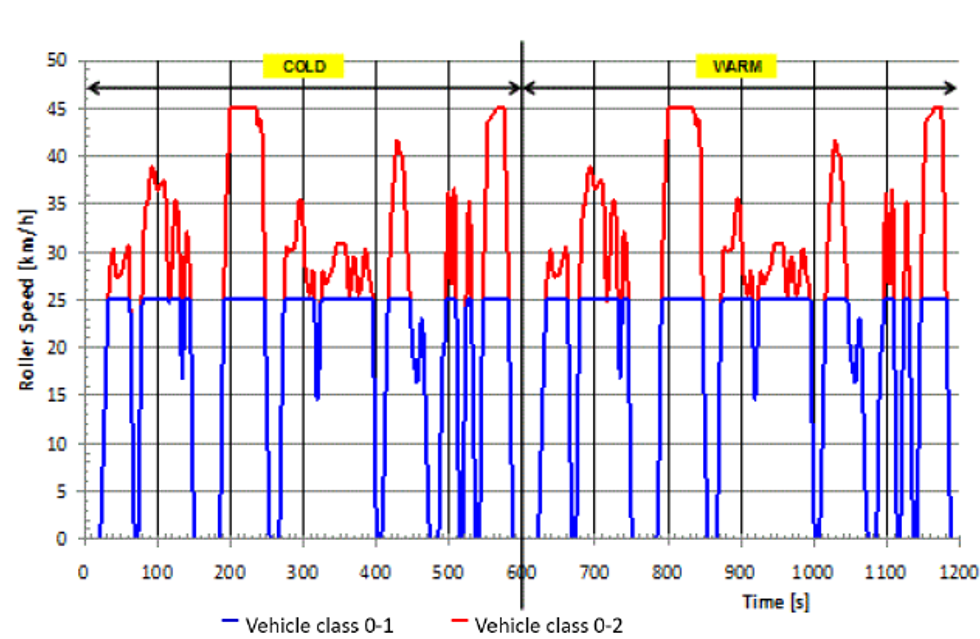
At the November 2019 session of the United Nations World Forum for Harmonization of Vehicle Regulations (WP.29), the Global Technical Regulation on Motorcycle Emissions Test Cycle (GTR 2 – WMTC) was adopted to reflect the latest emission standards, accelerating the introduction of new technologies to reduce tailpipe emissions for the benefit of consumers and society.
The preparation of this important update was dealt with under the WP.29 Working Party on Pollution and Energy (GRPE). For this work, the GRPE had installed a dedicated informal working group, IWG EPPR – ‘Environmental and Propulsion Performance Requirements of motorcycles’ under the leadership of the European Commission’s Joint Research Center (JRC) with secretariat support by Ms Daniela Leveratto from IMMA.
Government representatives from the main motorcycle manufacturing markets: India, China, Europe, Japan, USA and others engaged in the sub-group, provided regional insights in the process.
With the creation of the GTR No. 2 in 2005, the first step was made to harmonise vehicle emission requirements among the leading manufacturing regions – the EU, Japan, USA, later also including India. The GTR 2, also known as the World Motorcycle Test Cycle (WMTC), was then updated, among others, to reflect the latest vehicle emission performance limits and extend the scope to include mopeds.
“The revision of GTR No. 2, taking European legislation (Euro 5) as starting point, represents another major step towards widening the harmonisation of technical standards among different regions in the world”, said Mr Adolfo Perujo from the Joint Research Center of the European Commission, Chair of the EPPR IWG.
‘’The update of this global technical regulation is key for manufacturers as it facilitates trade of vehicles equipped with latest emission performance technology. To ensure compliance, a proliferation of technologies (such as 3-way catalysts with oxygen sensor controls, complex electronic engine management systems and more precise fuel injection) are required to improve combustion and treat exhaust gases, thus minimising emissions and improving fuel consumption’’, said Mr Makoto Wakimura, Chairman of IMMA’s Subcommittee on Environment.
It is worth noticing that in Europe, Euro 5 emission performance is required since 1 January 2020 for new type approval of motorcycles (and starting 1 January 2021 for all new vehicles).
The IWG continues to develop and update technical regulations with the goal to continuously decrease environmental pollution, CO2 emission and consumption of energy of motorcycles.
The United Nations WP.29 meets in Geneva three times a year and oversees the development of Global Technical Regulations. Vehicle emissions subjects are handled by the Working Party on Pollution and Energy (GRPE) and its sub-groups. The GTR No. 2 Amendment, was coordinated by the Informal Working Group on Environmental and Propulsion Performance Requirements for Powered Two Wheelers (L-category vehicles). The EPPR IWG previously delivered new Global Technical Regulations on On-Board Diagnostics and Evaporative Emissions performance of motorcycles.
More information on WP.29 can be found here.
